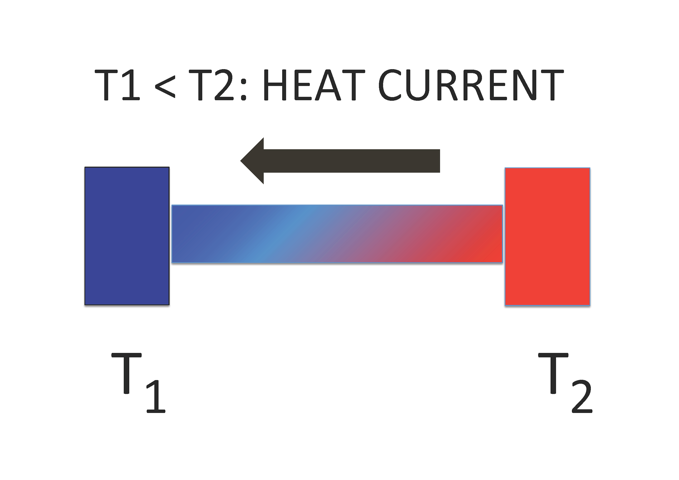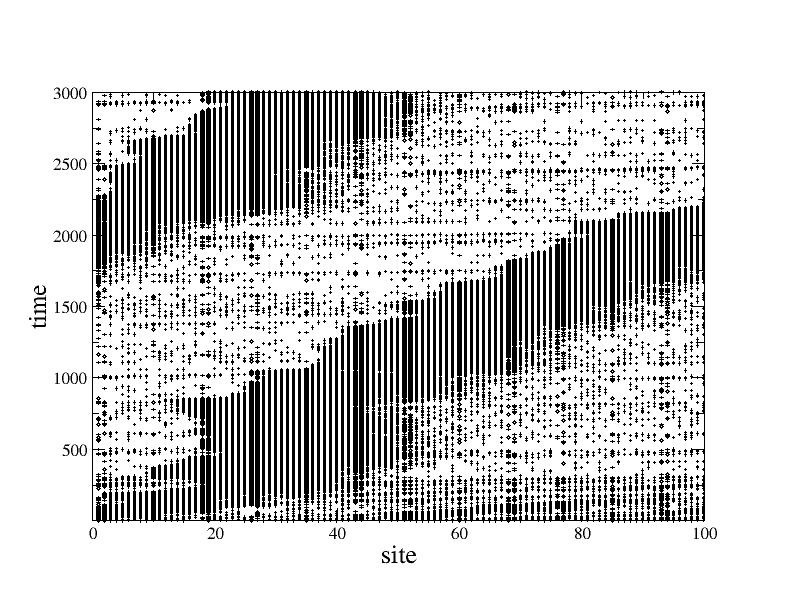The research group works at the interface between Probability Theory and Statistical Physics.
The focus is on the rigorous mathematical description of complex systems by adopting a probabilistic approach relying on the theory of both stochastic processes (e.g. dual processes) and equilibrium statistical mechanics (e.g. mean field models). The systems of interest are often models of elementary constituents (particles) of physical systems. This is complemented with an interpretation of systems as models of individuals in a large population.
Three levels of description are often considered in the analysis:
- the average behavior, as described by law of large numbers and concentration of measures
- the typical fluctuations, and the identification of different universality classes (gaussian, KPZ and beyond)
- the large deviations, including the estimate of small probabilities of rare events.
The numerical approach both stochastic and deterministic is also used to study problems that are out of reach of the analytical treatment.
A list of specific fields of expertise includes:
Stochastic processes
- Probabilistic models
- Interacting particle systems
- Random networks/graphs
- Large deviations and rare events
- Applications to epidemics in population dynamics, transport models, population dynamics
Statistical mechanics
- Complex system models
- Disordered network models
- Inverse problems
- Molecular dynamical models
- Applications to statistical inference, medicine, social and economic sciences
Staff researchers: Cristian Giardinà, Claudio Giberti, Gioia Carinci, Cecilia Vernia, Rouven Frassek, Chiara Franceschini.

Interacting particle systems are a class of stochastic processes that are used to study the emergence of macroscopic laws of physics from the microscopic dynamics. They are composed of large number of components (particles) subject to a local dynamics and the interaction with the environment. A probabilistic approach based on duality theory for interacting particle systems is being developed through the activity of the FIRB project.

Methods of statistical mechanics are used to study mathematical models in several applied contexts:
- Ising models on random graphs, describing interacting agents on a complex network.
- Disordered systems (spin glasses) as models of socio-economics systems with competitive and cooperative interactions.
- Non-equilibrium statistical mechanics inspires new computational algorithms (such as the “cloning algorithm”) to measure the asymptotic probability of extremely rare events.
- Molecular dynamics simulation of non-equilibrium systems.